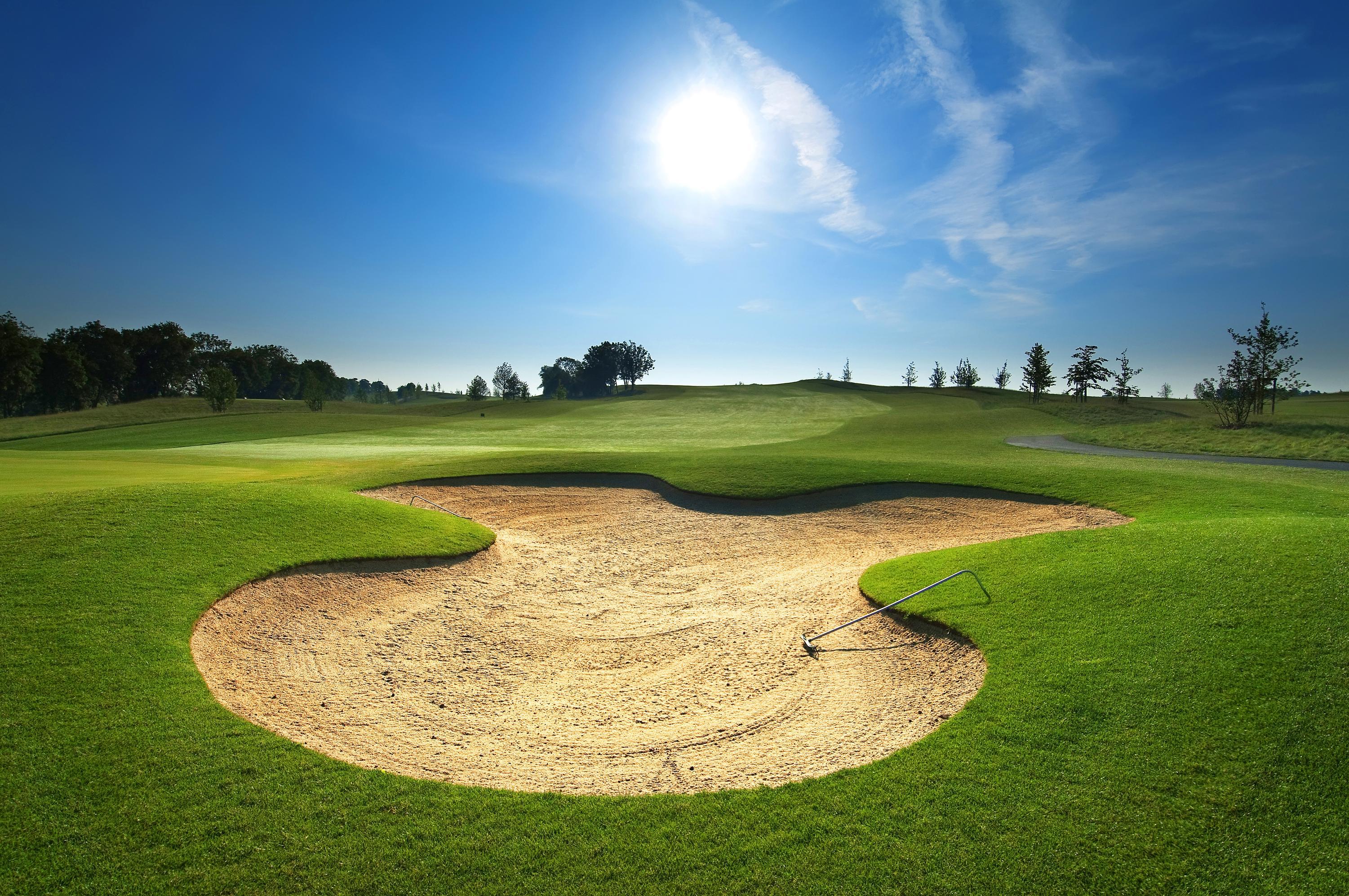
3 minute read
From The Green
Our long, hot and stressful course closure has finally come to an end. Had really high hopes for what we would be able to accomplish during our closure. Honestly it became clear fairly quickly that a greens renovation during a pandemic was going to be interesting. Unfortunately we had to go into this project with a reduced staff size for a multitude of reasons, mainly health concerns. Can’t say enough about the crew and what they accomplished this summer. The majority of our time and effort was on the greens while the course was closed and rightfully so, as this was the reason for the closure. This was my first experience with a greens renovation project and really didn’t realize the amount of time that would needed to get these greens ready for play. Countless fertilizer applications, followed by tremendous amounts of sand
topdressing and constant alterations in height of cut. Our equipment manager Ronnie Russ spent the better half of the past four months sharpening mowers, knowing that we were probably just going to go out again the next day to cut sand. Hard to believe that the greens you are playing on were shoveled out of huge boxes into gators, one pallet at a time by our first assistant Nick Ott. These sprigs were then spread by hand over the surface of the green by our staff, assisted by Joe DeMaio, David Zeiders and Mike Gemmer, can’t thank those guys enough for the help. Typically these installs are handled by the nursery, however the nursery was reluctant to send a crew during the pandemic.
Sprigs were planted during the first week of June. As soon as the sprigs were cut into the surface of the green, a heavy topdress was applied over the top to insure good soil contact. Then the water came on and when I say the water came on it almost never stopped for at least the first 2 weeks. At a minimum it ran every hour from sun up to sun down. Our first cut was made on June 1 7th, two weeks after sprigs were planted, at a height of .200”. Initially greens were cut approximately 3 times a week and we attempted to drop our height of cut at least once a week. A one ton street roller was also utilized weekly after greens became stable enough to handle. We reached our current HOC of .1 25” approximately 3 weeks before opening for play. At this point we began to transition back to daily maintenance practices by mowing greens daily and speed rolling sometimes twice a day.
It’s important to understand that Ultradwarf Bermudagrass greens require more disruption to achieve better playing conditions and we are still figuring things out. During the growing season we will probably verticut at least every other week and topdress at least once a week. Ultradwarf bermuda’s are active thatch producers and will get puffy or soft without constant removal of material and applications of sand. We are still working on a few trouble spots out there and have been forced to treat them differently, but are hopeful that we can improve these areas over the next couple of months.
Thanks for being patient with us during the closure, I realize that we were unable to keep the course in the best condition during the renovation process and even now we are a little rough around the edges. I also wanted to thank our course architect Craig Schreiner for all of his help this summer, we couldn’t have done it without him.
Sincerely,
Ryan Gamble GolfCourse Superintendent, ryan.gamble@grandedunes.com




